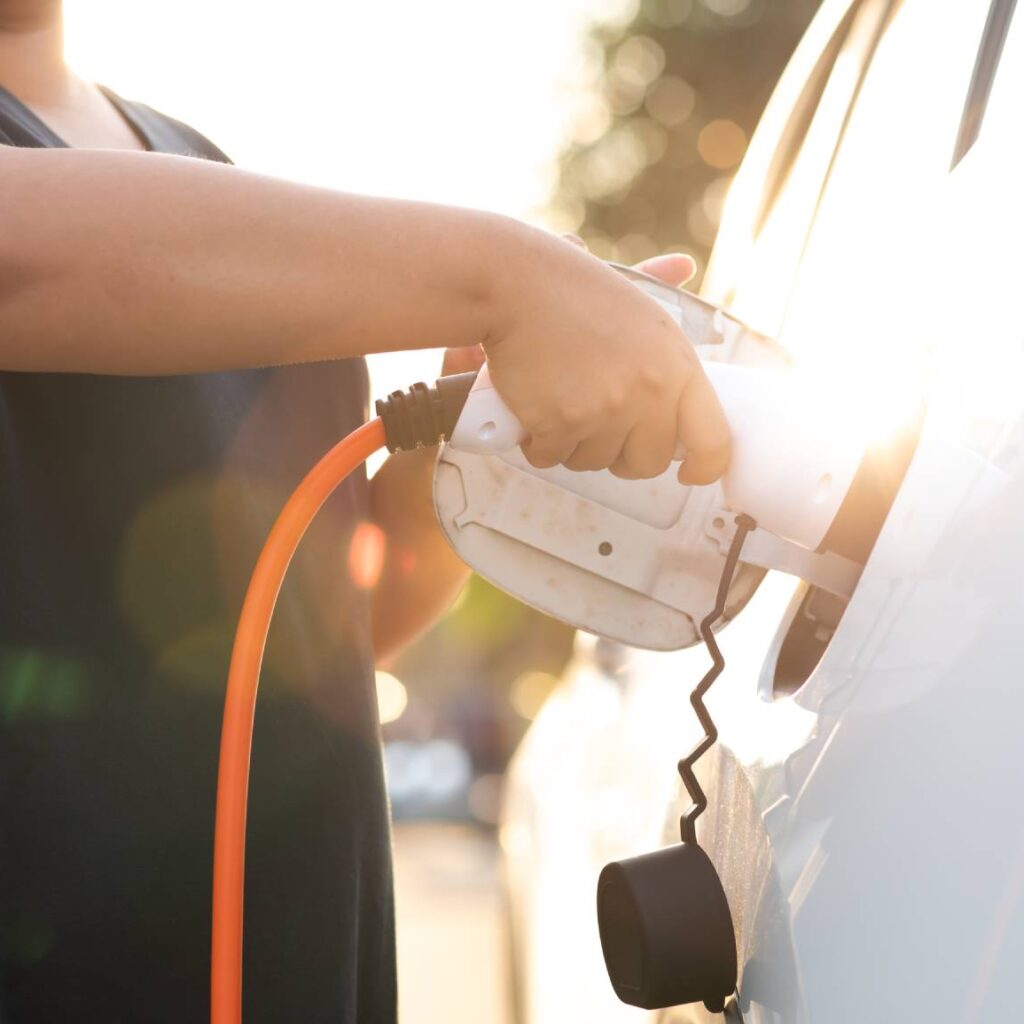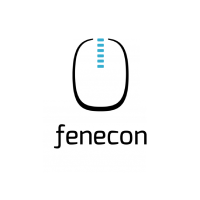Bangladesh is at the dawn of a transformative era. As the global shift towards sustainable energy gains momentum, the country is making its own bold entry into the electric vehicle (EV) market.
This transition marks a critical step forward in reducing carbon emissions, alleviating the country’s dependency on fossil fuels, and paving the way for a cleaner, greener future. For Bangladeshis, this isn’t just an evolution in transportation—it’s an opportunity to be at the forefront of a revolutionary movement that will shape the nation’s future.
The Rise of Electric
Over the past few years, Bangladesh has witnessed an increasing interest in electric vehicles. From urban centers like Dhaka to smaller towns and rural areas, the presence of electric two-wheelers, three-wheelers, and a growing fleet of electric cars has become more prominent. The electric rickshaws, locally known as e-rickshaws, are a perfect example of how electric mobility can seamlessly integrate into the daily lives of Bangladeshis. With over a million e-rickshaws already in operation, these vehicles not only provide affordable and eco-friendly transportation but also symbolize the country’s potential in embracing electric mobility.
However, the real excitement lies in the potential for expansion. The current number of electric vehicles in Bangladesh is estimated to be between 25,000 and 30,000. While this might seem modest, the trajectory suggests rapid growth. The Bangladeshi government has set an ambitious target: by 2030, they aim to have at least 15% of all vehicles powered by electricity. This translates to over 2 million electric vehicles on the road within the next decade. Such a shift will not only revolutionize the transportation sector but will also contribute significantly to reducing the country’s carbon footprint, aligning with global sustainability goals.



Growing Bangladesh’s Infrastructure
For Bangladesh to fully embrace electric vehicles, a robust and widespread charging infrastructure is essential. Currently, there are fewer than 100 public charging stations across the country, but this is rapidly changing. Companies like Mulytic Energy are leading the charge, literally and figuratively, by expanding the network of charging stations. These efforts are crucial in making EVs a viable option for everyday use, ensuring that drivers have convenient and reliable access to power wherever they go.
Dhaka, with its dense population and heavy traffic, presents a unique challenge and an incredible opportunity. By 2025, the city is projected to have over 10,000 electric vehicles on its roads. To support this influx, experts estimate that at least 500 to 1,000 new charging points will be needed within the city limits. This expansion is not just about convenience; it’s about enabling a cleaner, more efficient urban environment where electric vehicles can thrive.
Moreover, the integration of renewable energy into the charging infrastructure is a game-changer. Bangladesh has abundant solar resources, and the government is keen to harness this potential by setting targets to power at least 30% of the country’s EV charging stations with solar energy by 2030. This commitment to renewable energy not only makes EVs more sustainable but also positions Bangladesh as a leader in innovative, green technology.
However, the real excitement lies in the potential for expansion. The current number of electric vehicles in Bangladesh is estimated to be between 25,000 and 30,000. While this might seem modest, the trajectory suggests rapid growth. The Bangladeshi government has set an ambitious target: by 2030, they aim to have at least 15% of all vehicles powered by electricity. This translates to over 2 million electric vehicles on the road within the next decade. Such a shift will not only revolutionize the transportation sector but will also contribute significantly to reducing the country’s carbon footprint, aligning with global sustainability goals.

Economic and Environmental Benefits
The shift to electric vehicles is not just an environmental imperative; it’s an economic opportunity. As the global automotive industry pivots towards electric mobility, Bangladesh has the chance to develop its own EV manufacturing capabilities, creating jobs and boosting the economy. Local production of EVs, batteries, and related components could reduce the country’s reliance on imports, lower costs, and make electric vehicles more accessible to the average Bangladeshi consumer.
Additionally, the economic benefits extend to fuel savings and reduced maintenance costs. Electric vehicles are inherently more efficient than their internal combustion engine counterparts. With fewer moving parts, they require less maintenance and have lower operational costs. For a country like Bangladesh, where fuel prices can fluctuate and strain household budgets, the long-term savings offered by electric vehicles are a compelling incentive for adoption.
The shift to electric vehicles is not just an environmental imperative; it’s an economic opportunity.
A Greener Bangladesh
The transition to electric vehicles in Bangladesh is not just a trend—it’s a national effort. The government’s policies and incentives, such as tax breaks and subsidies for EV buyers and infrastructure developers, are crucial in driving this change. Public awareness campaigns are also vital in educating consumers about the benefits of electric vehicles and dispelling myths and misconceptions.
But the success of this transition depends on collective action. Businesses, policymakers, and citizens alike must collaborate to build the necessary infrastructure, support technological innovation, and embrace the cultural shift towards electric mobility. The excitement surrounding this movement is palpable, and the potential for positive impact is immense.
For Bangladeshis, this moment is about more than just vehicles—it’s about embracing progress, innovation, and sustainability. As the country accelerates towards an electric future, the benefits will be felt across society, from the bustling streets of Dhaka to the rural villages that make up the heart of the nation. The road ahead is electric, and it’s one that promises to lead Bangladesh into a brighter, greener future.






